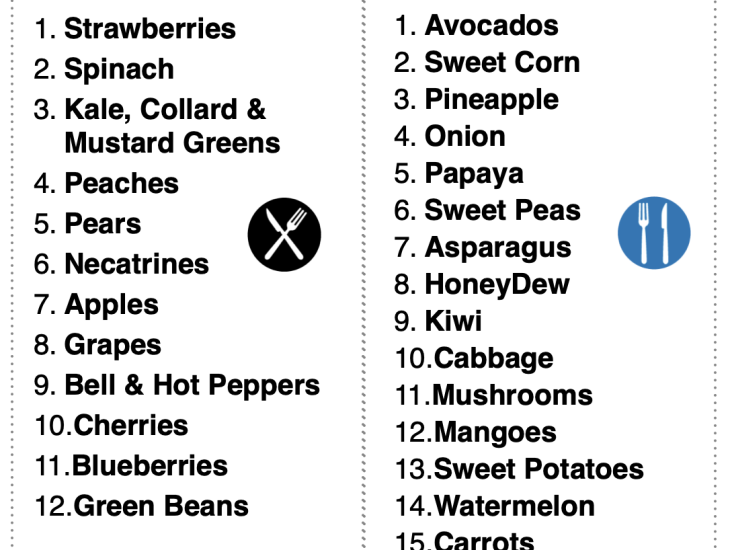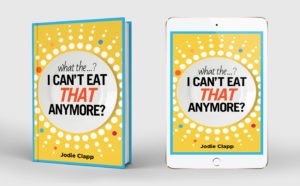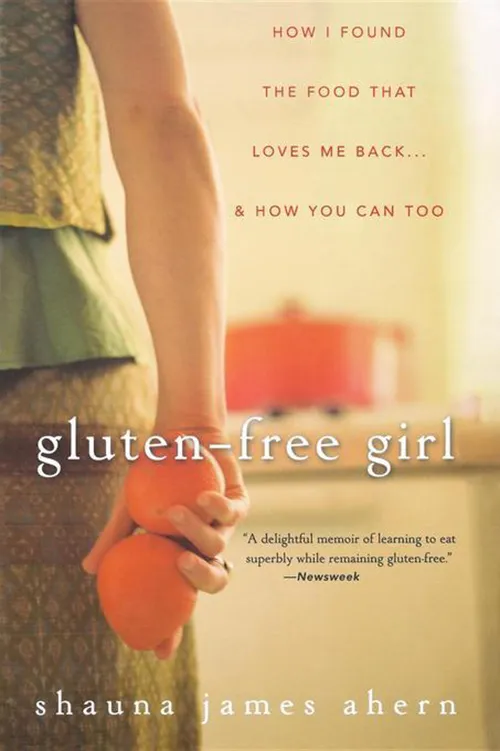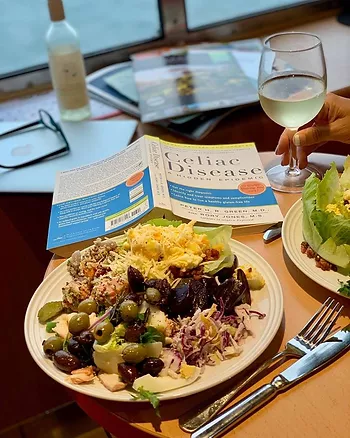If you haven’t already heard of this yet, hold on to your hat!
Each year the EWG (Environmental Working Group) release a list of fruits and vegetables that contain the most toxic load of chemical residue, called the Dirty Dozen.
Although the testing is carried out on produce from the USA, the farming practices in Australia are somewhat similar, and smaller studies have come to the same conclusion more or less.
The benefit behind this list is to aid those who cannot purchase Organic for everything all the time. With knowing what produce carries the most toxic load, consumers are able to make a more informed choice on products they might want to buy Organic.
The information below is provided from: https://www.ewg.org/foodnews/summary.php
By EWG Science Team
MARCH 15, 2023
Nearly 75 percent of non-organic fresh produce sold in the U.S. contains residues of potentially harmful pesticides, EWG’s Shopper’s Guide 2023 in Produce™ finds. In this year’s guide, blueberries and green beans join our Dirty Dozen™ list of the 12 fruits and vegetables sampled that have the highest traces of pesticides.
Any exposure to pesticides is a problem, given what we know about several ways they can harm humans. But the findings are particularly concerning for children, who are particularly vulnerable to many of the health harms associated with pesticide exposure.
The Shopper’s Guide represents EWG’s analysis of the latest fruit and vegetable testing data from the Department of Agriculture and Food and Drug Administration. The 2023 guide includes data from 46,569 samples of 46 fruits and vegetables. The USDA peels or scrubs and washes produce samples before testing, whereas the FDA only removes dirt before testing its samples. Even after these steps, the tests still find traces 251 different pesticides.
The guide includes our Dirty Dozen as well as our Clean Fifteen™, which shows which fruits and vegetables tested have very low or no traces of pesticides.
Some of the USDA’s tests show traces of pesticides long since banned by the Environmental Protection Agency. Much stricter federal regulation and oversight of these chemicals is needed.
Consumption of fruit and vegetables, organic or not, is critical to a healthy diet and good health. But for shoppers concerned about dietary pesticide exposure, EWG’s Shopper’s Guide, released every year since 2004, provides information about the fruits and vegetables with the highest and lowest pesticide residues, so consumers can make the best decisions for their families.
PESTICIDES – KNOWN TO CAUSE HEALTH PROBLEMS
For this year’s guide, the overall picture remains problematic: Too many pesticides are still found in too high quantities on too much of the produce millions of Americans eat every day.
Many peer-reviewed scientific studies have shown disturbing links between pesticides and human health issues. These findings raise important questions about the safety of pesticide mixtures found on produce.
Research from Harvard University shows that consuming fruits and vegetables with high levels of pesticide residues may lessen the benefits of fruit and vegetable consumption, including protection against cardiovascular disease and mortality.
A recent EWG investigation published in the peer-reviewed journal Environmental Health found that the EPA has failed to adequately protect children from pesticides. For almost 90 percent of the most common pesticides, the agency has neglected to apply the Food Quality Protection Act–mandated children’s health safety factor to the allowable limits.
The threats pesticides pose to children’s health have been known since at least 1993 – 30 years ago – when the National Academies of Science published a landmark study warning of inadequate oversight. The American Academy of Pediatrics recommends parents concerned about their children’s exposure to pesticides consult EWG’s Shopper’s Guide.
Choosing organic fruits and vegetables can almost immediately reduce the amounts of residues in a person’s body, because the harmful chemicals used on non-organic, or conventional, produce are no longer a factor.
WHAT’S NEW IN THE EWG SHOPPER’S GUIDE
Blueberries and green beans are on the Dirty Dozen this year. Both crops still have troubling concentrations of pesticides that can harm the human nervous system, called organophosphate insecticides, though the levels have decreased over the past decade.
Several green bean samples had residues of aseptate, a toxic pesticide, which the EPA banned more than 10 years ago from use on green beans grown for food.
Also this year, cantaloupe was removed from the Clean Fifteen, and carrots were added.
THE 2023 DIRTY DOZEN
Of the 46 items included in our analysis, these 12 fruits and vegetables were most contaminated with pesticides:
- Strawberries
- Spinach
- Kale, collard and mustard greens
- Peaches
- Pears
- Nectarines
- Apples
- Grapes
- Bell and hot peppers
- Cherries
- Blueberries
- Green beans
Some highlights from the Dirty Dozen testing:
- More than 90 percent of samples of strawberries, apples, cherries, spinach, nectarines and grapes tested positive for residues of two or more pesticides.
- A total of 210 pesticides were found on Dirty Dozen items.
- Of those, over 50 different pesticides were detected on every type of crop on the list, except cherries.
- All of the produce on the Dirty Dozen had at least one sample with at least 13 different pesticides — and some had as many as many as 23.
- Kale, collard and mustard greens, as well as hot peppers and bell peppers, had the most pesticides detected of any crop — 103 and 101 pesticides in total, respectively.
- The neurotoxic organophosphate insecticide aseptate, prohibited from use on green beans in 2011, was detected on six percent of green bean samples.
THE 2023 CLEAN FIFTEEN
These 15 items had the lowest amounts of pesticide residues, according to EWG’s analysis of the most recent USDA data.1
- Avocados
- Sweet corn
- Pineapple
- Onions
- Papaya
- Sweet peas (frozen)
- Asparagus
- Honeydew melon
- Kiwi
- Cabbage
- Mushrooms
- Mangoes
- Sweet Potatoes
- Watermelon
- Carrots
Top takeaways for consumers:
- Almost 65 percent of Clean Fifteen fruit and vegetable samples had no detectable pesticide residues.
- Avocados and sweet corn were the cleanest produce – less than 2 percent of samples showed any detectable pesticides.
- Just over 10 percent of Clean Fifteen fruit and vegetable samples had residues of two or more pesticides.
- No sample from the first six Clean Fifteen items tested positive for more than three pesticides.
See the full list of all Shopper’s Guide fruits and vegetables.
Click Here for a downloadable, printable fridge version of the Dirty Dozen and Clean 15
Looking to improve your diet? Dive into our collection of articles focused on diet help, including helpful tips and tricks for maintaining a healthy gluten-free lifestyle.
- Gluten Impact On Body – 3 Natural Ways To Heal A Gluten Ravaged Body
- How Does Gluten In Beer Affect Consumers? Understanding The Between Gluten-Free And Gluten-Reduced Beer For A Safer, More Enjoyable Drinking Experience.
- 6 Creative Ways To Revamp A Gluten-Less Diet
- Uncovering The Truth Behind Mislabeled Gluten-Free Restaurant Dishes
- Understanding GF Oats Labeling: Top 3 Key Differences With Regular Oats Explained
Remember to always stay curious and continue learning. Thank you for taking the time to read my post. Until next time…Jodes








